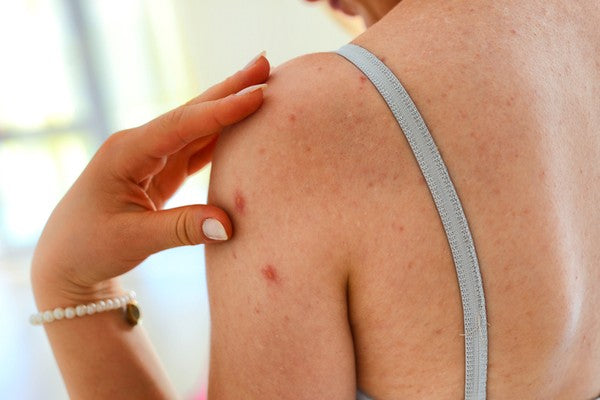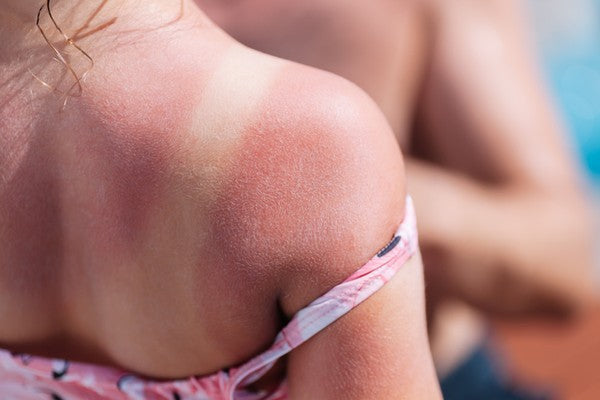
The Myths and Truths of Spending Too Much Time in the Sun
The Myths and Truths of Spending Too Much Time in the Sun
As the summers get hotter, many of us will flock outside to make the most of the sunshine. Especially when our age and health don’t typically predispose us to serious skin conditions and cancers, we may not be all that concerned about the odd sunburn. After all, what difference can one instance of red sore skin really make? Turns out… potentially a lot!
Here we debunk some of the myths surrounding sunburn, and shine a light on the importance of regularly applying SPF during summer months and periods of high heat.
Myth 1
I rarely get sunburn. Surely one burn now and then won’t make a difference.
Truth
According to Cancer Research UK, “Getting sunburnt just once every two years can triple your risk of melanoma skin cancer, compared to never being burnt.” Their senior health information manager reminded readers during an interview that “skin damage from the sun builds up over time – it doesn’t go away after the burn fades. Every burn counts, but this also means every time you protect yourself also counts.” This stands true even from childhood, as experiencing sunburn in your early years can drastically increase your risk of developing melanoma later on in your life.
Myth 2
Cancer can be caused by all types of things, many of which are out of our control. Surely sun exposure can’t be that much of a factor.
Truth
Excessive sun exposure is the leading factor contributing to the development of skin cancer, with UV rays damaging the DNA in our skin if we fail to protect ourselves. Cancer Research UK states that a whopping 9 out of 10 cases of melanoma in the UK “could be prevented by staying safe in the sun and avoiding sunbeds.”
Myth 3
Skin cancer is only skin deep, right? It can be easily treated and won’t spread.
Truth
It is true that skin cancer can often be treated successfully when caught early – the earlier the better! However, melanoma skin cancer can spread through the layers of the skin and furthermore to other parts of the body. This is why it’s imperative to keep an eye on any changes to our skin or moles, and consult a doctor if something doesn’t look or feel right. It’s always better to be safe than sorry.
Myth 4
The red burn is just something you’ve got to get before you go brown – it’s a stepping stone to a tan!
Truth
There is no necessity to get a burn in order to get a tan, and believing that it is will and has led to many cases of easily avoided melanoma. A sunburn means trauma to the skin, and a tan resulting from this process increases the chance of not only melanoma, but also soreness and peeling, making the golden bronze fleeting, and not worth the damage done to the skin. Unfortunately, no form of UV tanning is completely risk free, as the increase in melanin production is our skin’s natural reaction in order to protect itself from damaging sun rays. Higher SPF sunblock however will reduce the harm done to the skin, whilst not completely eradicating chances of developing a tan. In-keeping with our skin positive message, we encourage you to love your skin’s colour and texture as it is. For more tips on how to stay safe in the sun, visit this page.
Myth 5
At least when summer is over I won’t have to worry about this sort of thing.
Truth
Usually in the UK, from April to September, the sunshine can be strong enough to potentially cause our skin harm. In order to keep track of this risk, you can check the UV index using weather forecasts and platforms such as the Met Office. This image below provided by Cancer Research UK shows how the UV index ought to be interpreted.
Myth 6
Sunburn is always visible as a peeling, red patch
Truth
Sunburn isn’t always visible, full stop! Especially for people with darker skin tones, sunburn may merely manifest as a sore or itchy spot. Otherwise, a slight pink tinge appearing after sun exposure can mean a burn, even if it never becomes noticeably red.
Myth 7
If my natural skin tone is darker, then that mean’s my skin is safe from sunburn.
Truth
Though it’s true that those with darker natural skin tones are less likely to develop sunburn, due to higher levels of melanin, the risk is still very much there. What is more, burns may not be as easily identifiable to the naked eye if occurring on someone of colour, who may instead notice sensations of heat sensitivity, tenderness, itchiness, and soreness. Although skin cancer is widely thought to be less likely to develop the darker your skin tone, a 2016 study found that the rate of death from skin cancer was actually higher for people with darker skin, due to later diagnosis, often causes by factors such as medical bias, lack of confidence in medical care, and not noticing sunburn symptoms.
As well as the common signs of skin cancer that we are usually made aware of, people of darker skin are also encouraged to look out for symptoms of acral lentiginous melanoma (ALM), which manifests as spots typically found on the hands, soles of the feet, and underneath the nails. It’s also important to keep track of any changes in pre-existing dark spots/growths, rough and dry patches, and abnormalities inside of the mouth.
What if I do get sunburn?
Although a preventative approach (i.e., protecting our skin from the sun in the first place) is the best way to tackle damaged skin and skin cancer, what can we do if we have already burned? Are there any ways to attempt damage control after the fact?
Unfortunately, SPF sun creams won’t help reduce damage to the skin if the damage has already been dealt, though it is imperative that as soon as you notice a burn, to get out of the sun as quickly as possible, in order to avoid even further harm. After-sun, though helpful in reducing soreness, can’t reverse any damage done to the skin’s DNA. Other ways to ease the soreness can include a cold shower/bath, painkillers such as paracetamol or ibuprofen, and drinking plenty of water.
Make sure to keep the skin protected completely from the sun at least until the surface burn appears to have healed, and try to avoid scratching at or peeling the skin yourself during this healing time.
Will one sunburn sentence you to skin cancer? No, not necessarily. But the more times it occurs, the higher your chances of developing it later in life. So please, take care of your skin, and be mindful of how the weather is affecting you.
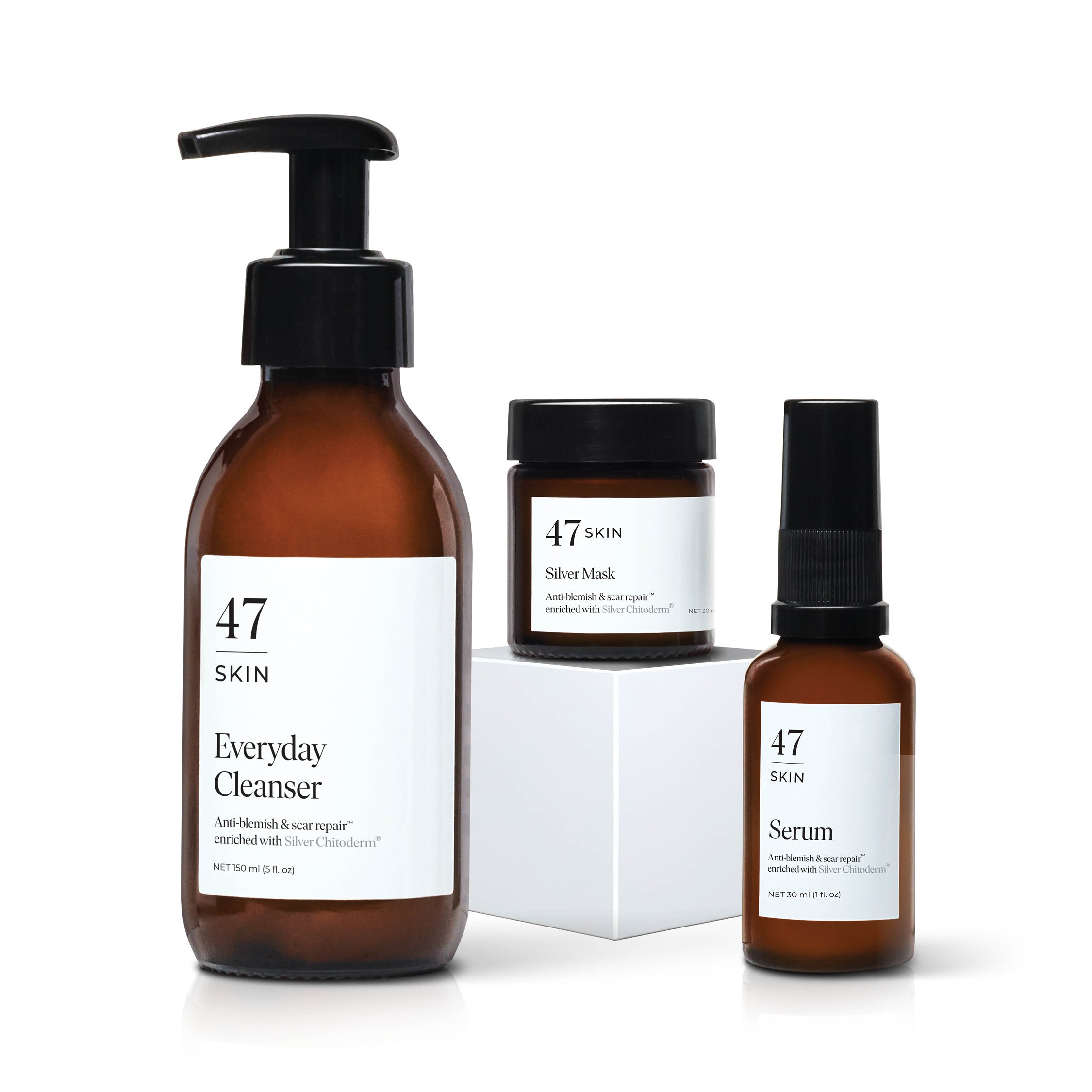
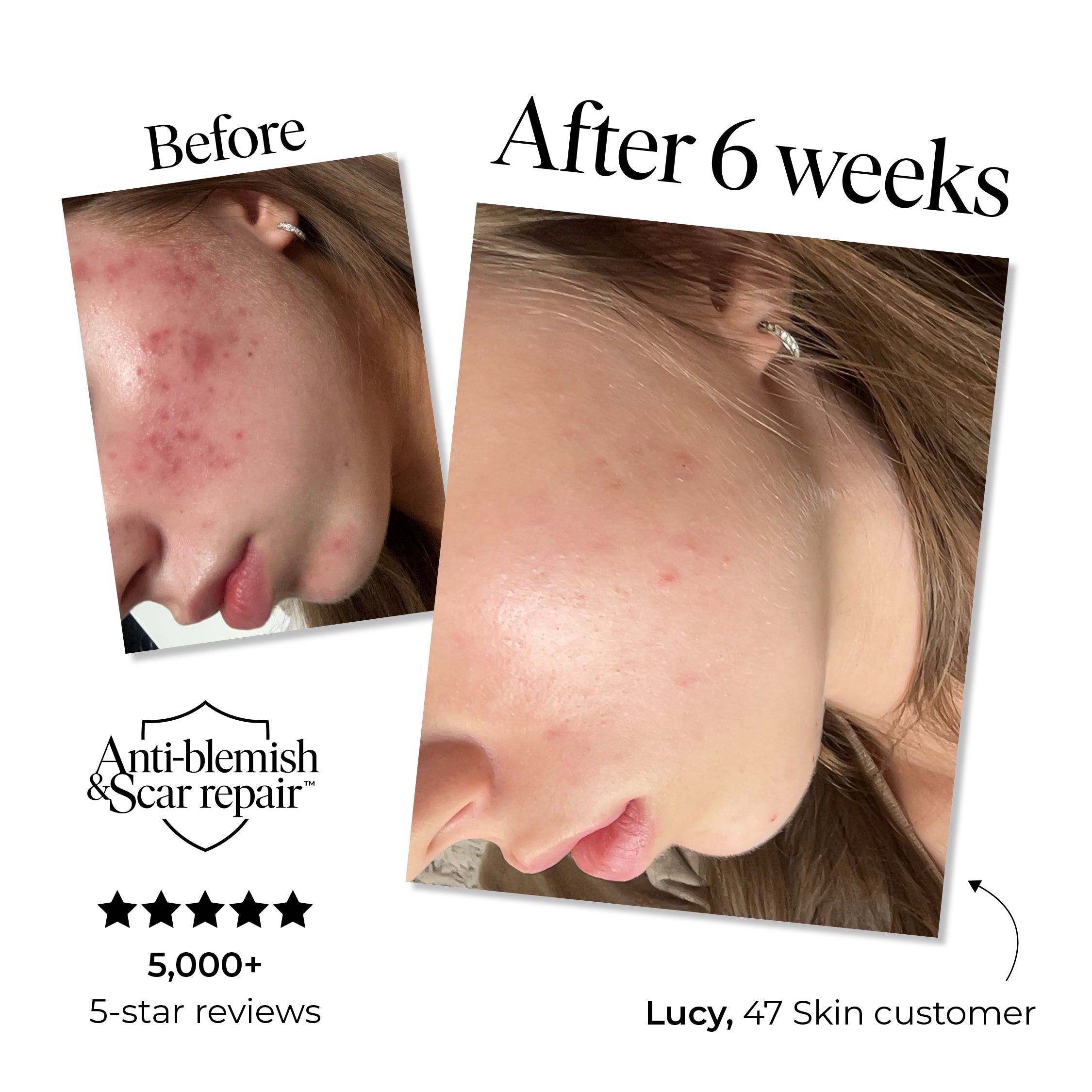
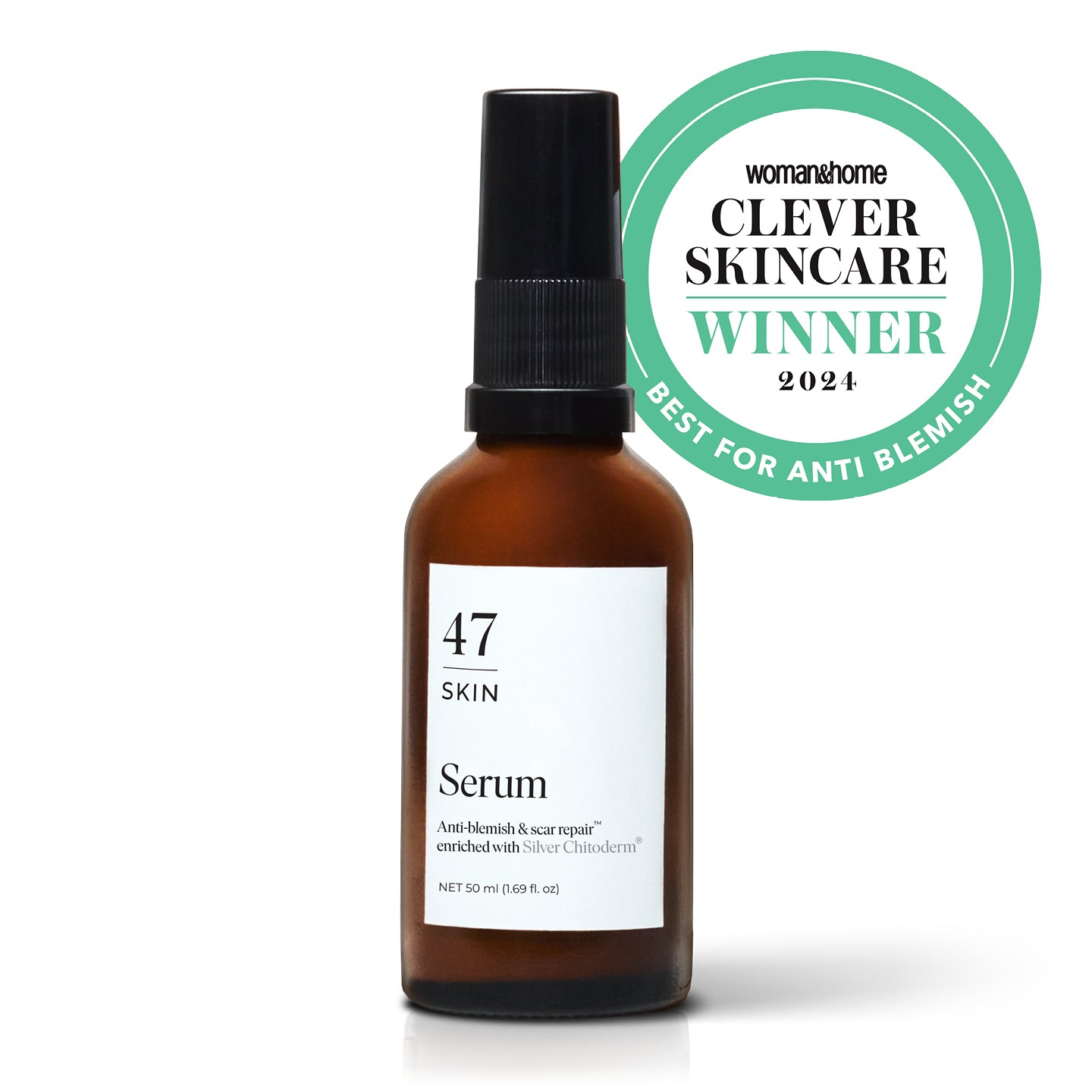
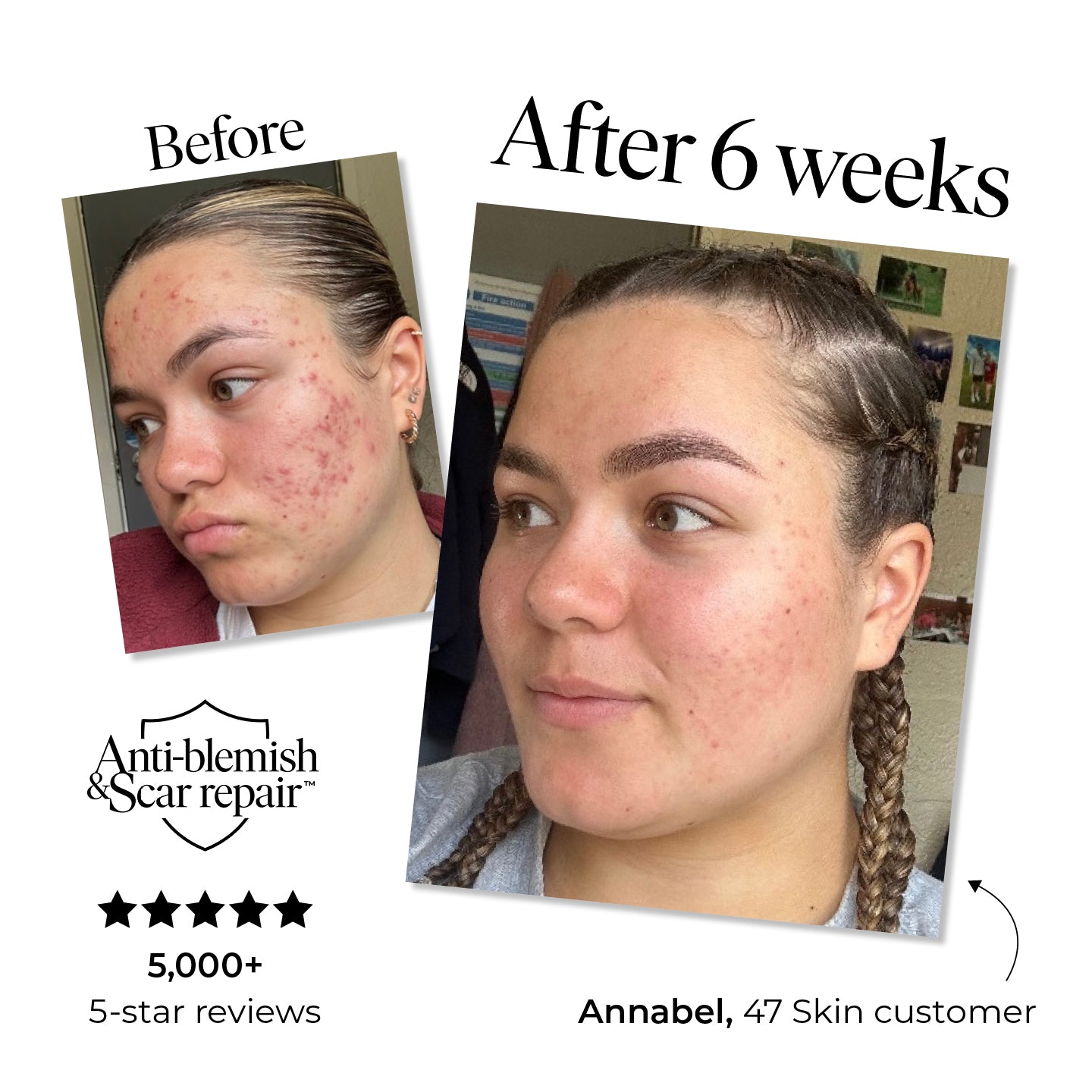
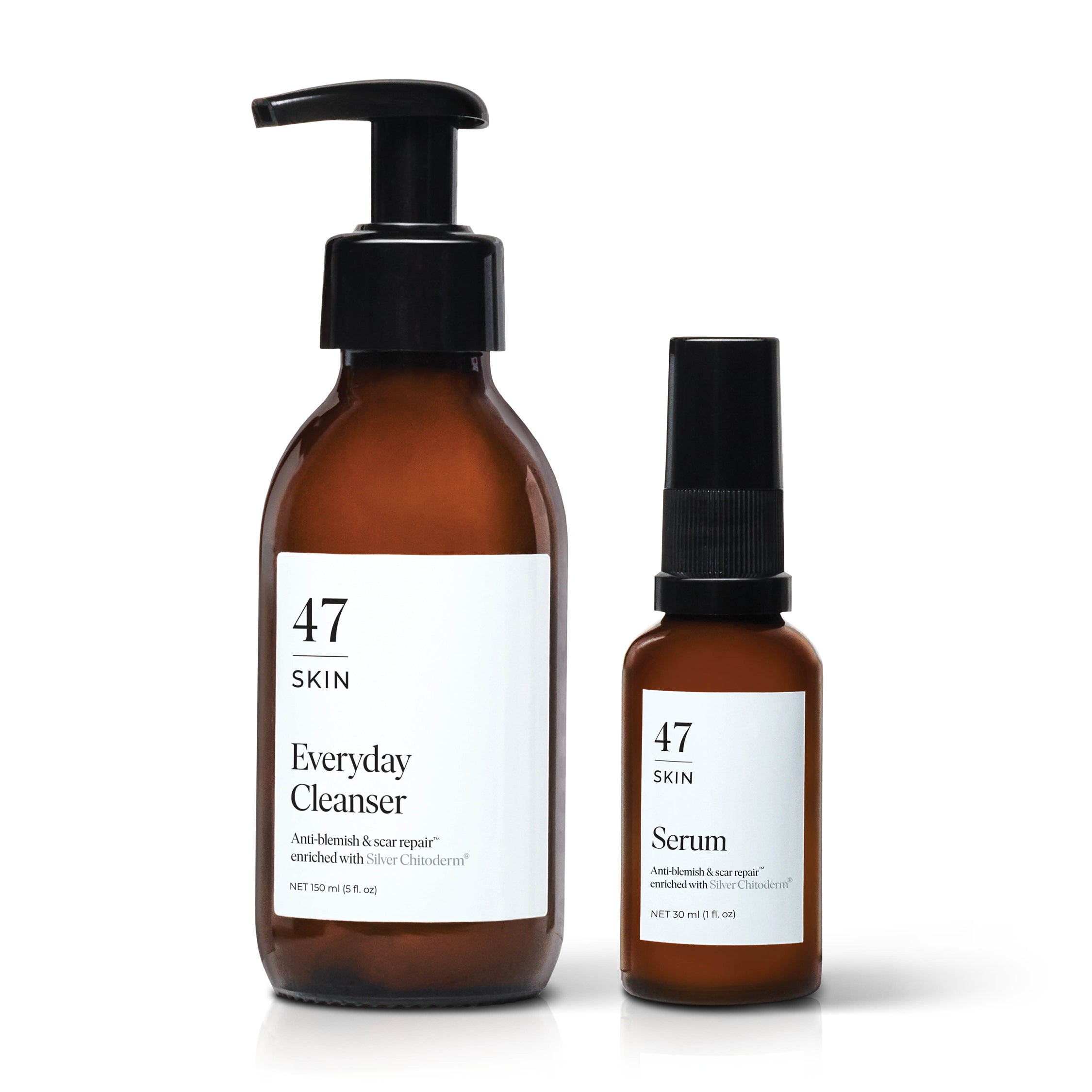
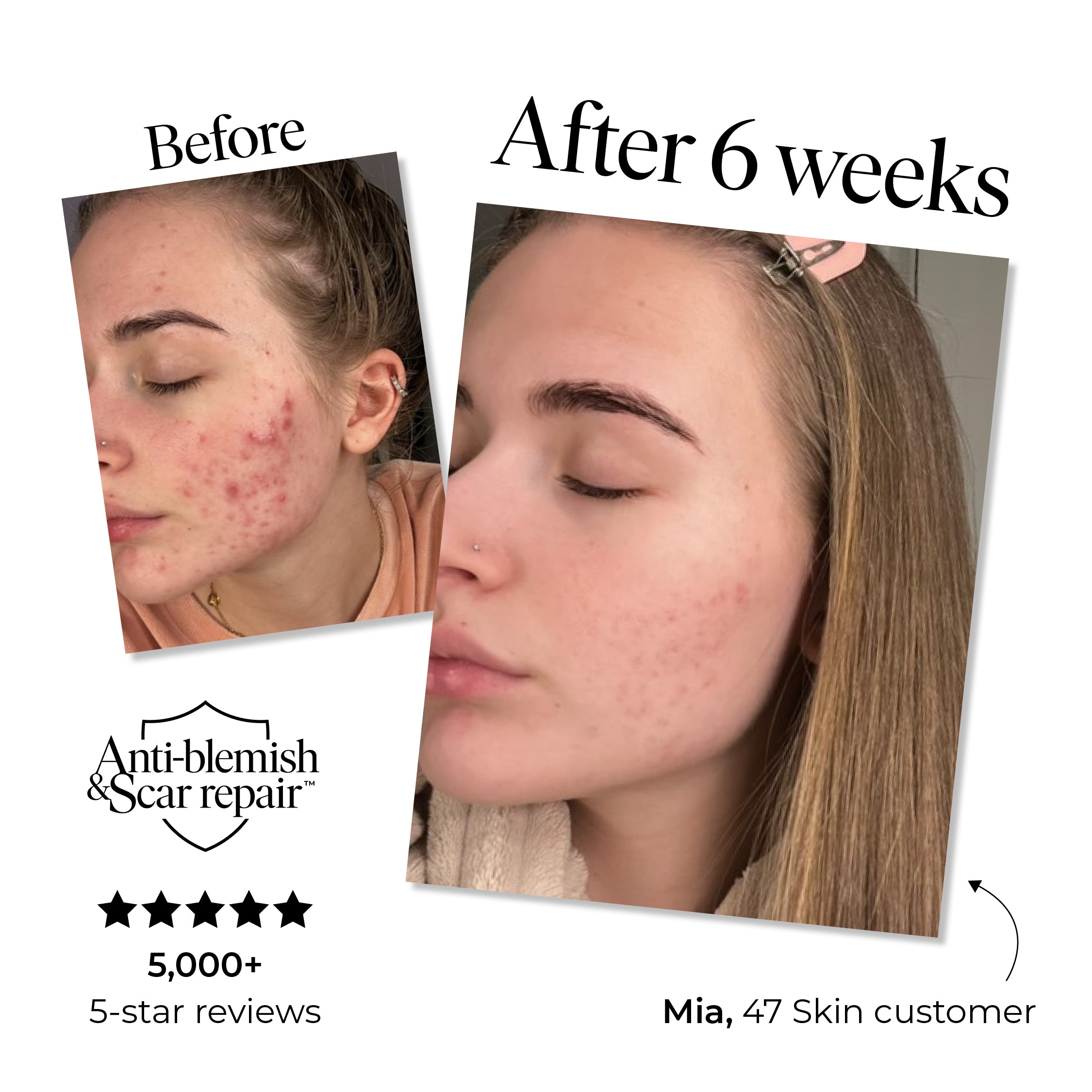
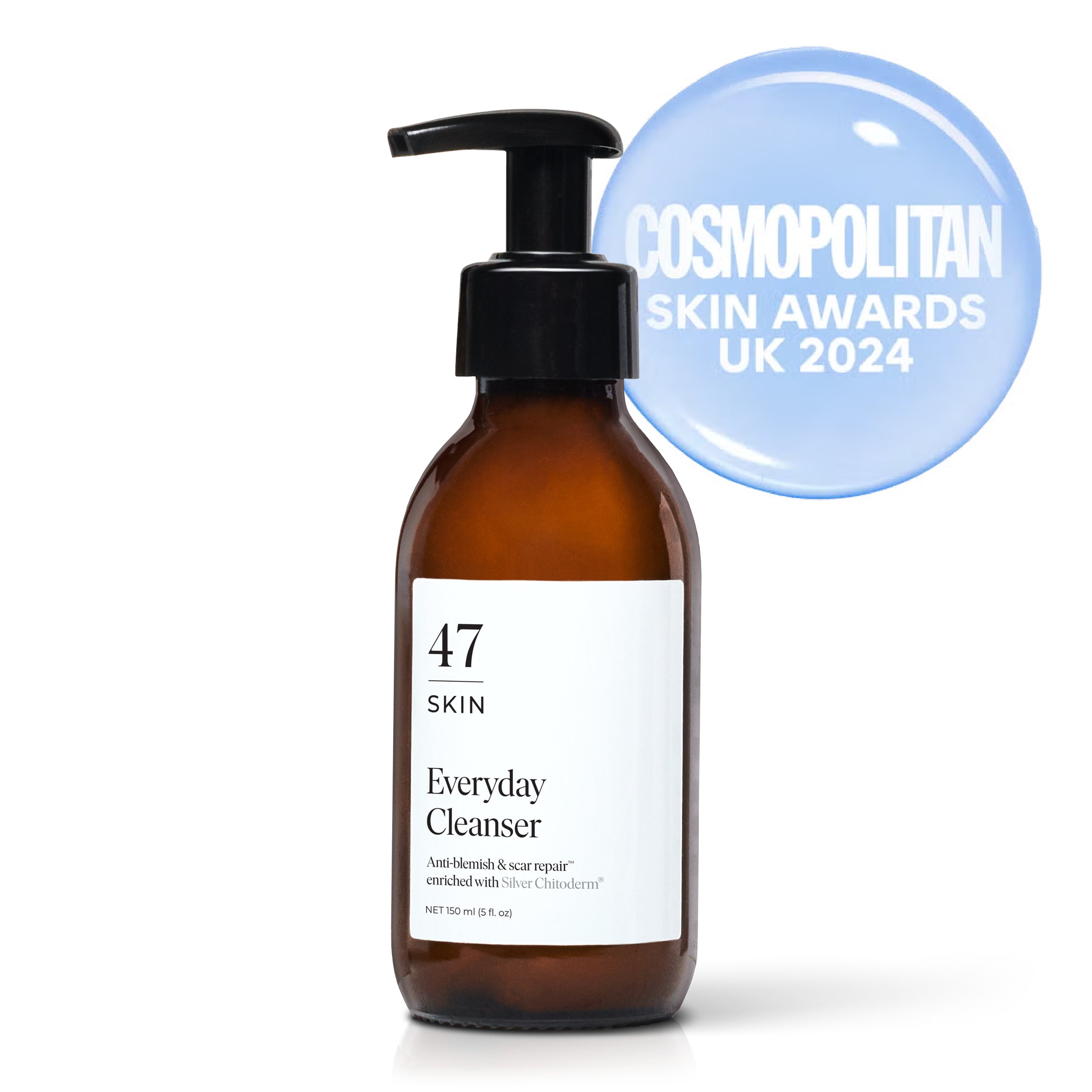
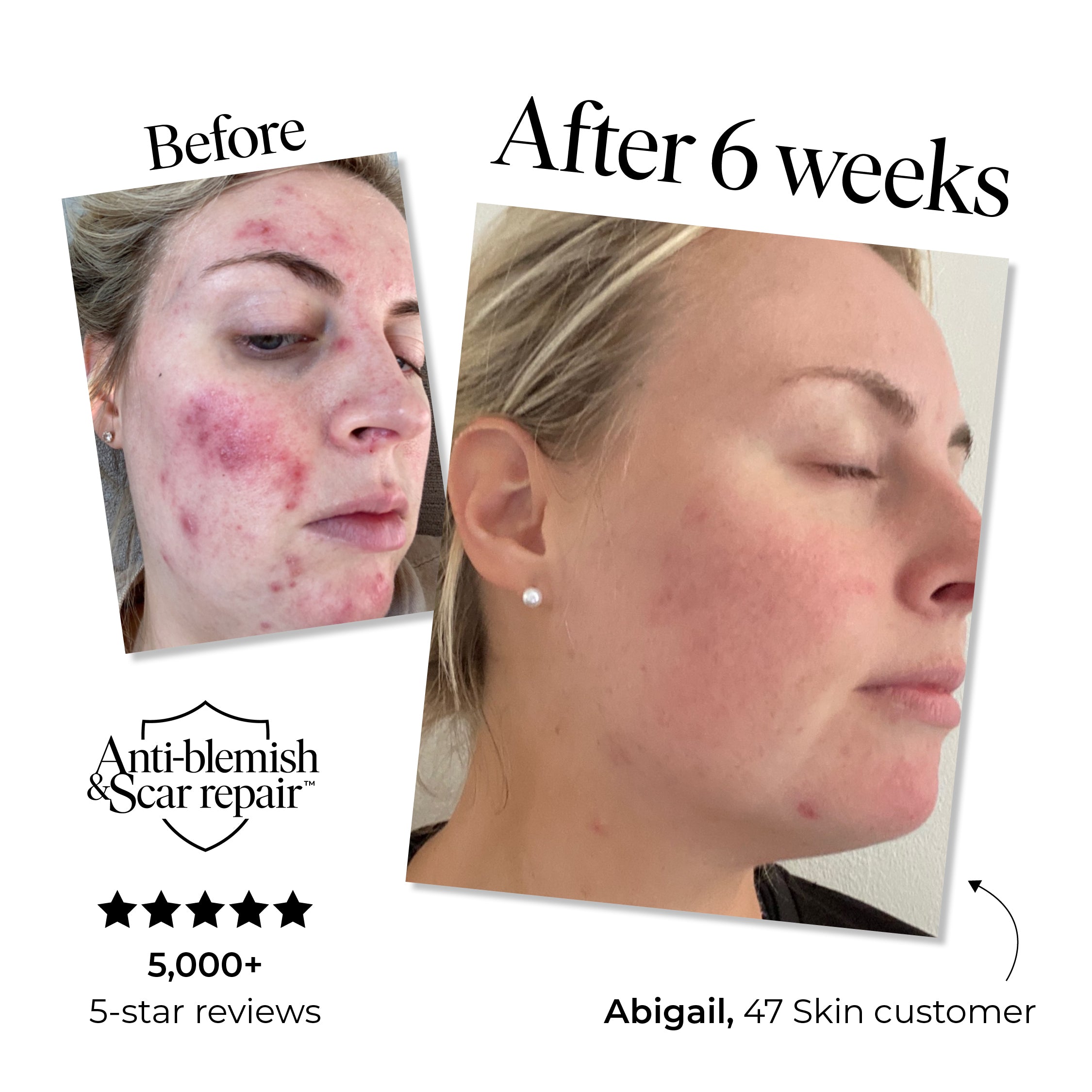
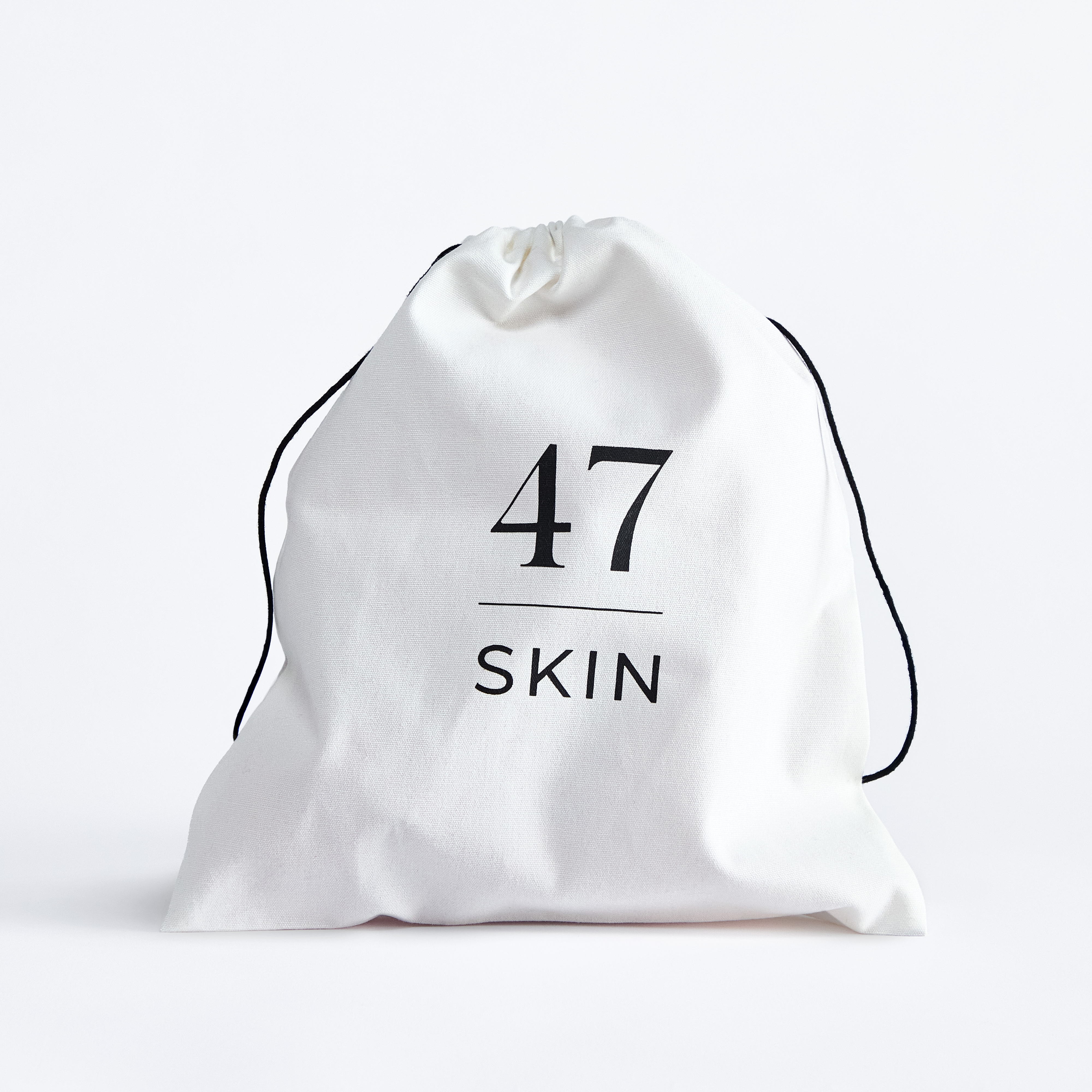
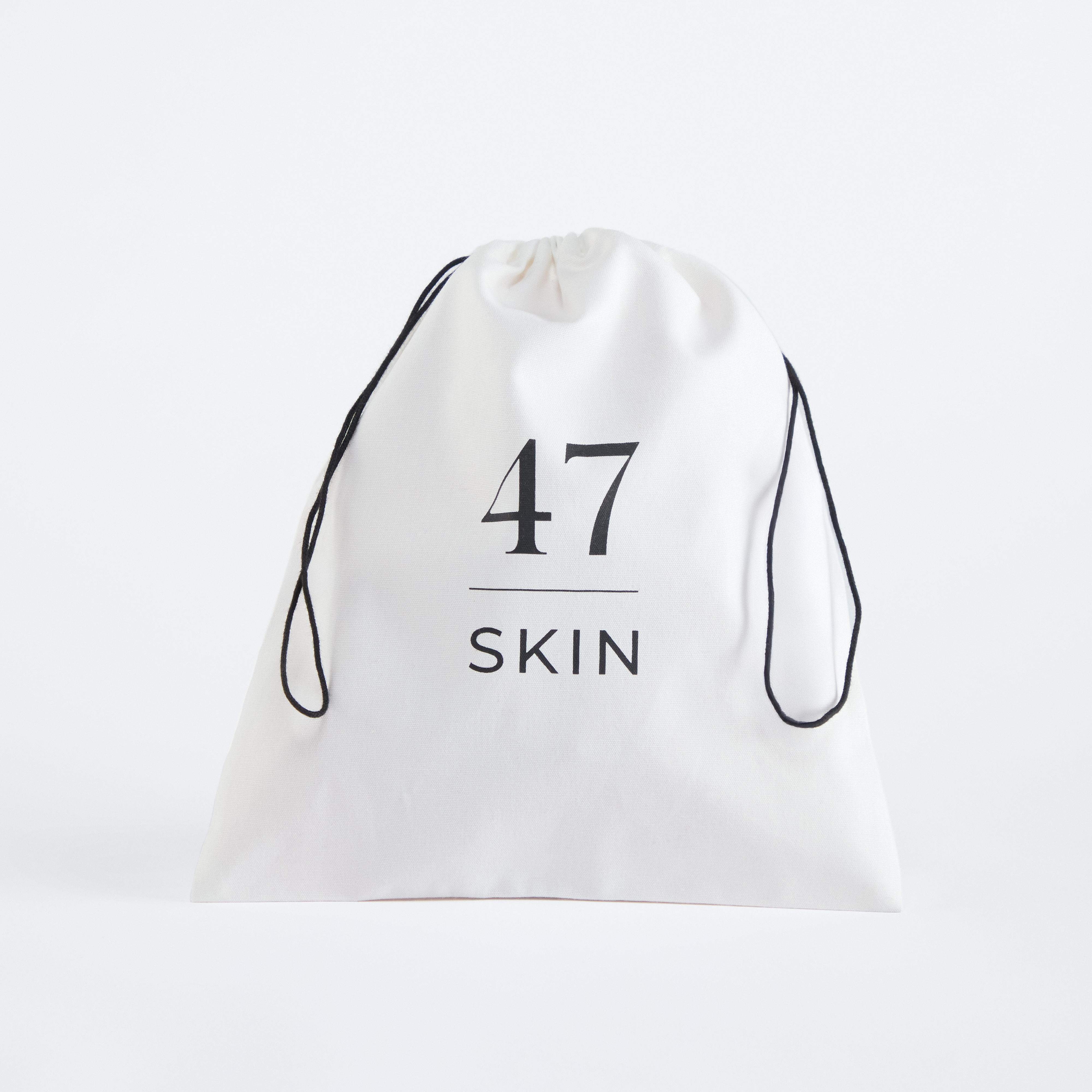
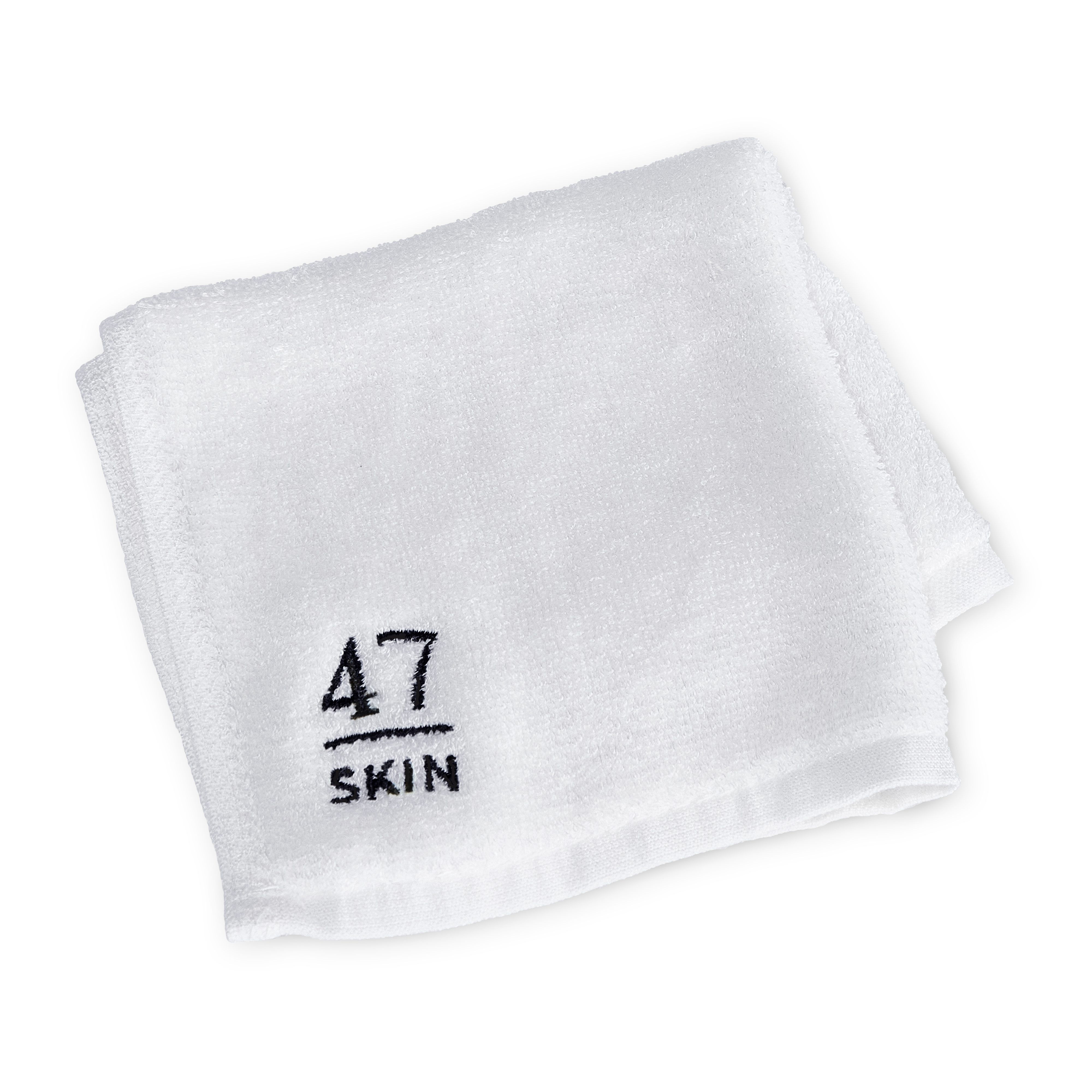

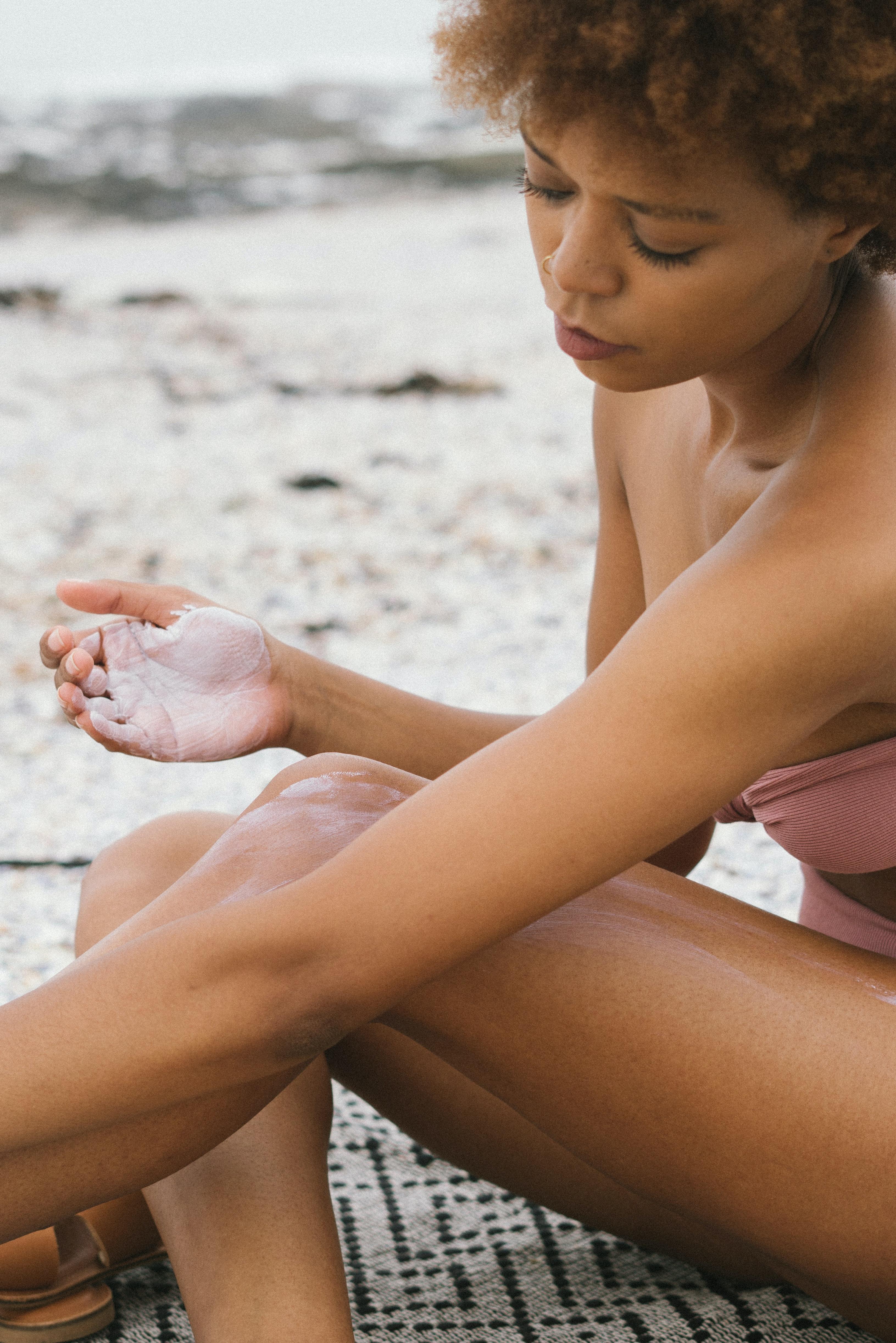
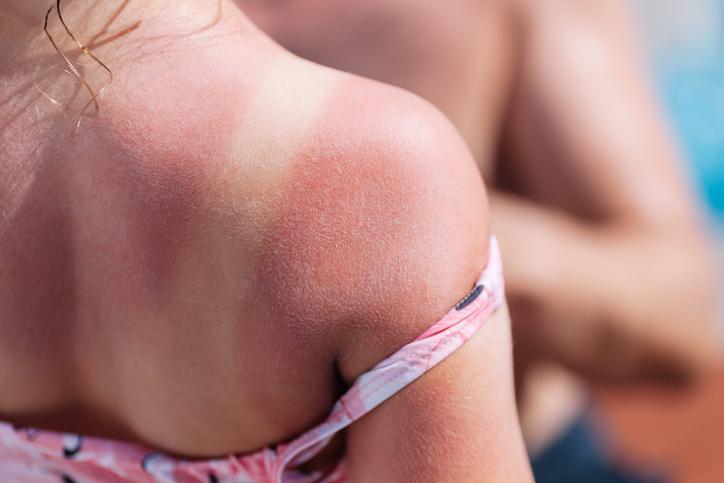
/a283563ff802437f88b335f489772b99/istock-853804786.jpeg)
